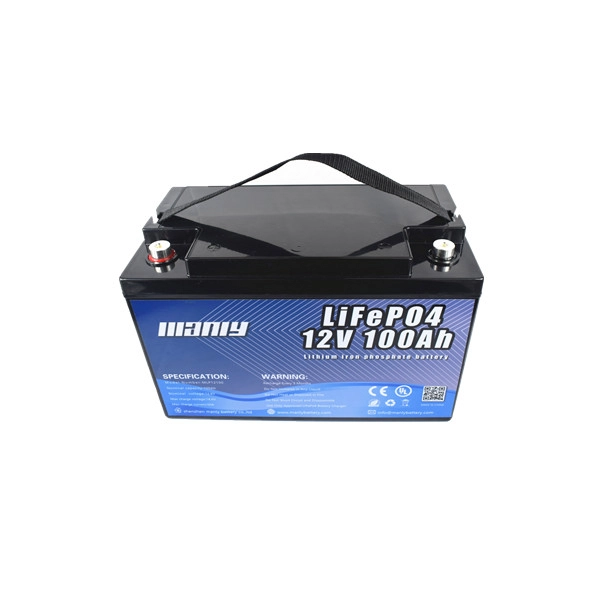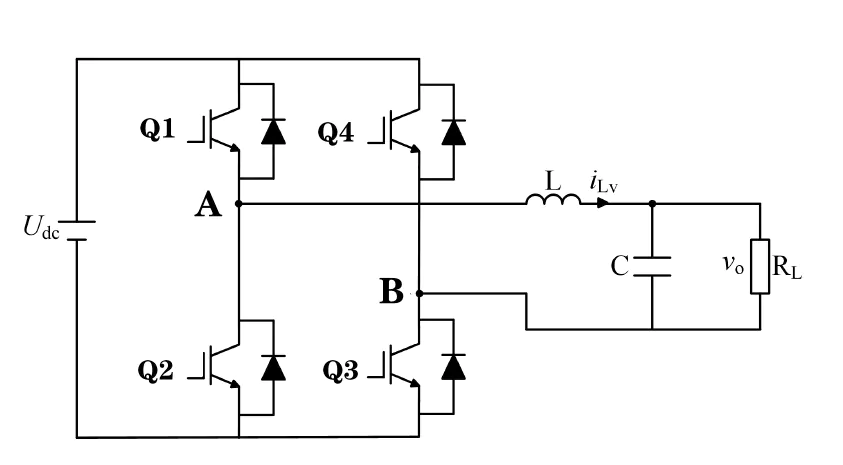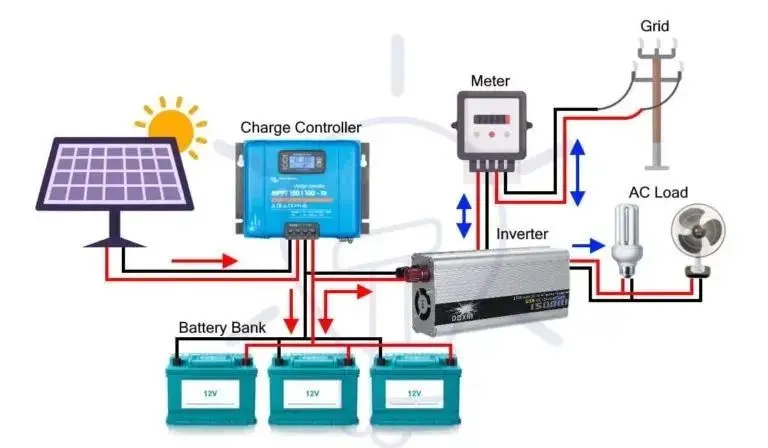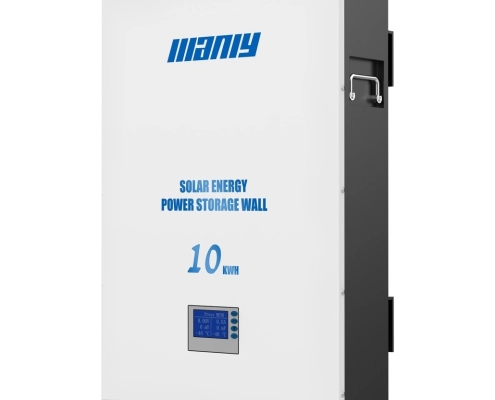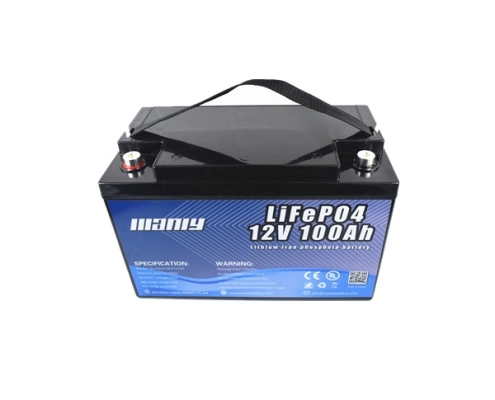Quel est l'onduleur maximum pour une batterie de 100 Ah ?
Table des matières
- Quel est l'onduleur maximum pour une batterie de 100 Ah ?
- Comprendre les bases de l'onduleur
- Une batterie au lithium de 100 Ah fera-t-elle fonctionner un onduleur de 1 000 W ?
- Puis-je faire fonctionner un onduleur de 2 000 W avec une batterie de 100 Ah ?
- Conseils d'installation et de sécurité pour un onduleur de 1 000 watts
- Conclusion
- En savoir plus sur la batterie
When it comes to using a Batterie au lithium 100 Ah with a 1000 watt inverter, understanding the compatibility and practical applications is key. An electric inverter converts DC power from a battery into AC power, making it possible to run household appliances and electronic devices. This process is crucial for various scenarios, such as camping, emergency power backup, and off-grid living. By diving into how these inverters work and their limitations, we can better grasp how to effectively use a 100Ah lithium battery with a 1000 watt inverter.
Inverter Size Calculator
Inverter Size Calculator: How to Use and Interpret
When considering the compatibility of a 100Ah lithium battery with a 1000W inverter, the Inverter Size Calculator becomes a crucial tool. It’s designed to accurately assess your system’s needs, helping you determine the maximum inverter size your 100Ah battery can handle. This is based on your battery voltage, inverter efficiency, and power factor, ensuring you don’t overload your battery.
What Can You Calculate with This Tool?
-
Maximum Inverter Size: Input the battery voltage, inverter efficiency, battery capacity, and power factor, and the calculator will give you the maximum inverter size that your battery can support. This ensures you use an inverter that matches your battery’s capabilities and avoids overloading it.
-
Ensure Compatibility: For those unsure about what inverter to choose for their setup, this versatile calculator offers an easy way to determine whether your current 100Ah battery is sufficient or needs a larger inverter. You can optimize your energy use by adjusting the values based on your unique battery setup, ensuring that the calculator caters to your specific needs.
How It Works
-
Battery Voltage (V): Enter your battery’s voltage (e.g., 12V, 24V). The calculator uses this to determine the total energy available from your battery.
-
Inverter Efficiency (%): Your inverter’s efficiency rate indicates how much energy is actually used for powering your devices after conversion losses. Typically, this is around 80-95%. Inputting this ensures a more realistic calculation.
-
Battery Capacity (Ah): The default is 100Ah, but you can change this value based on your battery capacity. This value represents how much energy your battery can store.
-
Power Factor: This is important when considering AC loads. It accounts for how efficiently the inverter supplies power to the connected appliances. For most devices, a power factor of 1.0 is standard.
Once these values are entered, the calculator will determine the maximum inverter size based on the available energy and efficiency. This ensures you avoid selecting an inverter that exceeds your battery’s capabilities.
For further assistance and detailed information, please visit our website and contact our expert customer service at MANLY Battery Contact Us.
Comprendre les bases de l'onduleur
1. Expliquez ce qu'est un onduleur électrique et sa fonction
An electric inverter is a device that converts direct current (DC) into alternating current (AC). This is important because many household appliances and electronic devices run on AC power. The purpose of a power inverter is to make it possible to use these devices with a DC power source, such as a battery or solar panel.
Inverters use a combination of electronic components to change the flow of electricity. They take the DC power, usually from a battery, and use it to create AC power. This AC power can then be used to run various devices like TVs, computers, and even kitchen appliances. The main parts of an inverter include the inverter bridge, control logic, and filtering circuit.
For example, if you have a 12V battery, the inverter can convert this 12V DC into 120V AC, the standard voltage for household outlets in the United States. This allows you to use your battery to power devices typically plugged into an AC outlet.
In electrical terms, an inverter is a device that changes direct current (DC) to alternating current (AC). This conversion process involves an alternating current inverter system that utilizes several key components, including the inverter bridge, control logic, and filtering circuit.
2. Bref aperçu des différents types d’onduleurs pour les maisons
There are several onduleurs pour les maisons, chacun conçu pour des applications et des besoins différents. Voici quelques types courants :
- Onduleurs à onde sinusoïdale pure: Ceux-ci fournissent une vague d’électricité douce et constante, similaire à celle que vous obtenez du réseau électrique. Ils sont idéaux pour les appareils électroniques sensibles comme les ordinateurs et les équipements médicaux.
- Onduleurs à onde sinusoïdale modifiée: Ceux-ci sont plus simples et moins chers que les onduleurs à onde sinusoïdale pure mais produisent une onde électrique moins lisse. Ils conviennent aux appareils moins sensibles tels que les outils électriques et les appareils électroménagers.
- Onduleurs reliés au réseau: These solar power systems are designed to feed electricity back into the grid. They help reduce electricity bills by allowing homeowners to use solar power during the day and grid power at night.
- Onduleurs portables: These are small, lightweight inverters that can be used for camping, in cars, or emergencies. They are perfect for charging small devices like phones and laptops.
- Onduleurs hybrides: These inverters can work as standalone and grid-tie inverters. They are versatile and can be used in various applications, including solar power systems.
A power inverter allows the use of a wide range of devices with different power needs, whether you are at home, on the road, or off the grid. Understanding the various types of inverters and their uses can help you choose the right one for your needs.
For instance, a 1000 watt inverter is a versatile choice for many home applications. It can power several household devices, such as a TV or a small refrigerator, as long as the total power consumption does not exceed 1000 watts. This makes it a practical choice for a wide range of needs.
Composants d'un onduleur
The main components of an inverter play crucial roles in its operation. These include the DC input, which is the battery or solar panel; the inverter bridge that switches the DC to AC; and the output, where the AC power is supplied to the devices. The control logic ensures that the inverter operates efficiently, and the circuit de filtrage smooths out the AC output to make it usable for all devices.
Comment fonctionne un onduleur AC
An Onduleur CA converts the battery’s DC power into a high-frequency AC signal. This signal is then transformed into the desired voltage using a transformer. Finally, the high-frequency AC is converted back to a lower-frequency AC that matches the household power grid, usually 60Hz, in the United States. This process ensures that the output from the inverter is compatible with standard household appliances.
Applications de l'onduleur
Inverters are used in many applications, including solar power systems, which convert the DC power from solar panels into AC power for home use. They are also used in off-grid systems to provide power in remote locations and emergency power systems to provide backup power during outages. Electricity inverters are also standard in RVs and boats to provide power for appliances and electronics while on the move.
In conclusion, an electric inverter is crucial for converting DC to AC power, making it possible to use various electronic devices with different power sources. Many inverters are available, each suited for other applications, ensuring you can find the right inverter for your needs. Understanding the basics of how inverters work and the types available can help you decide when to choose the right inverter for your specific needs.

